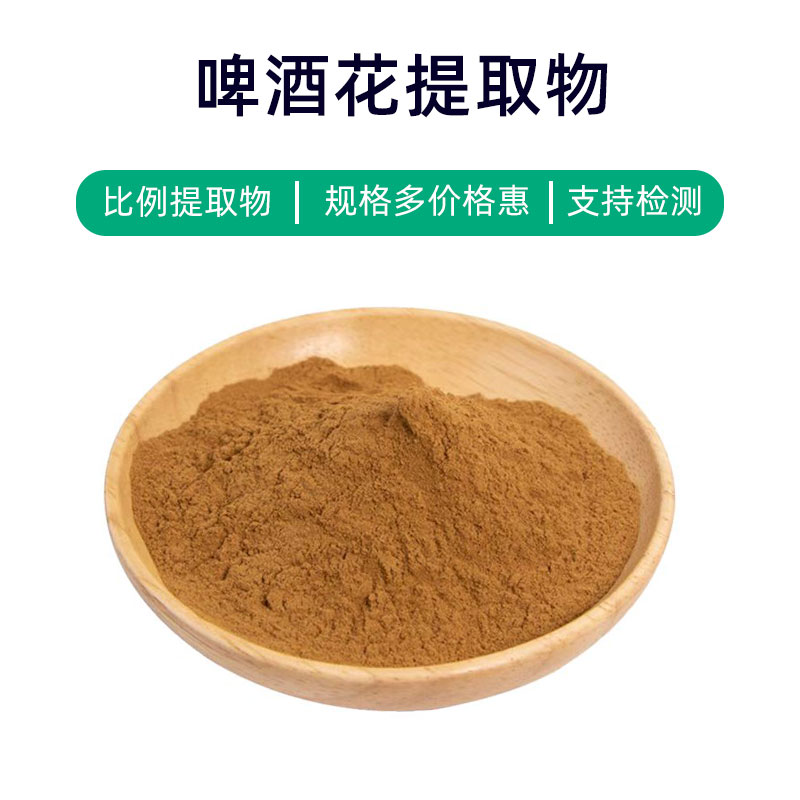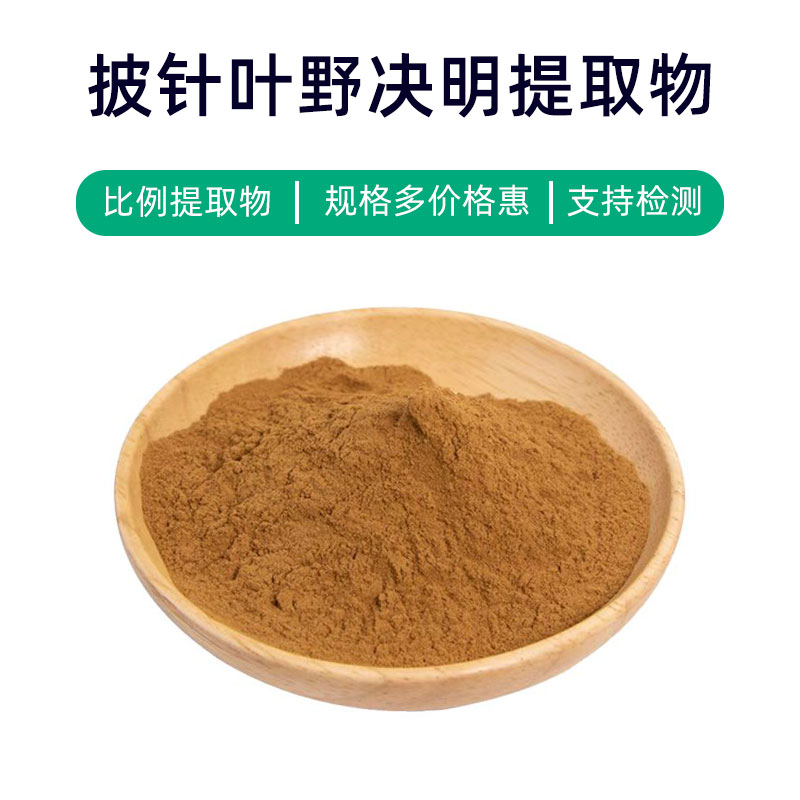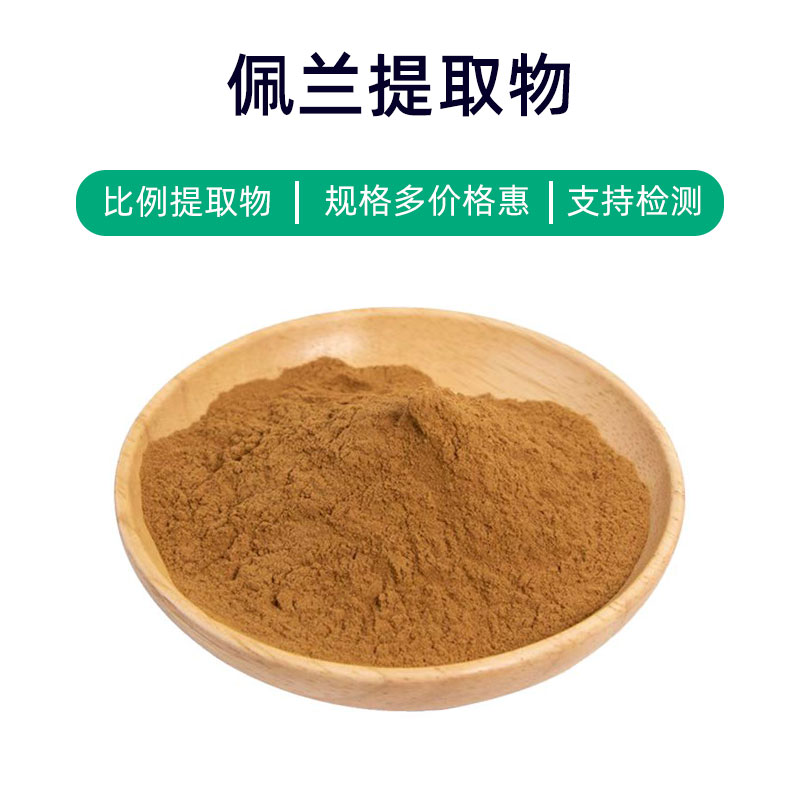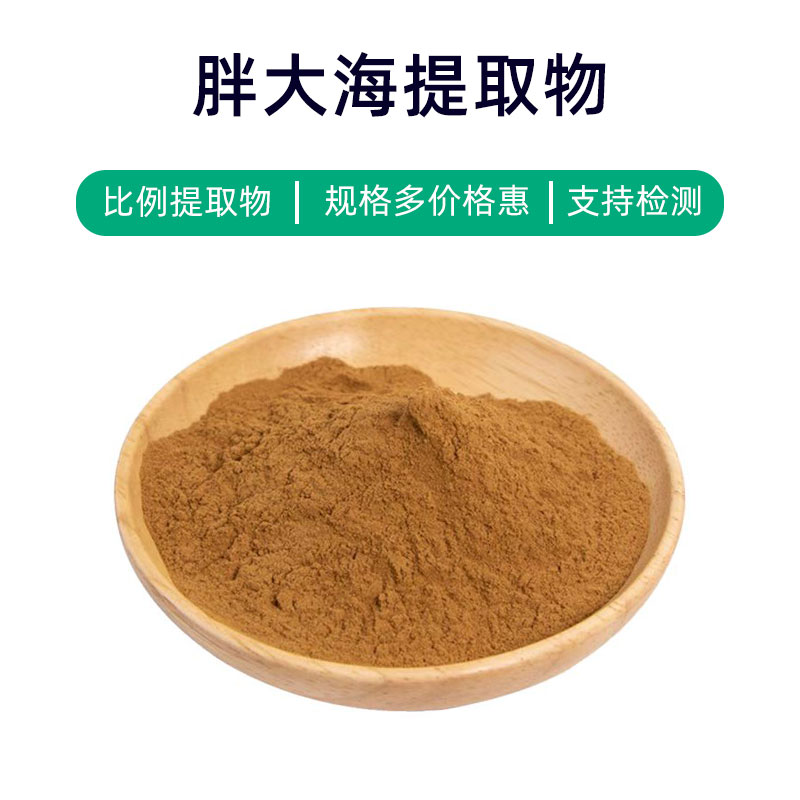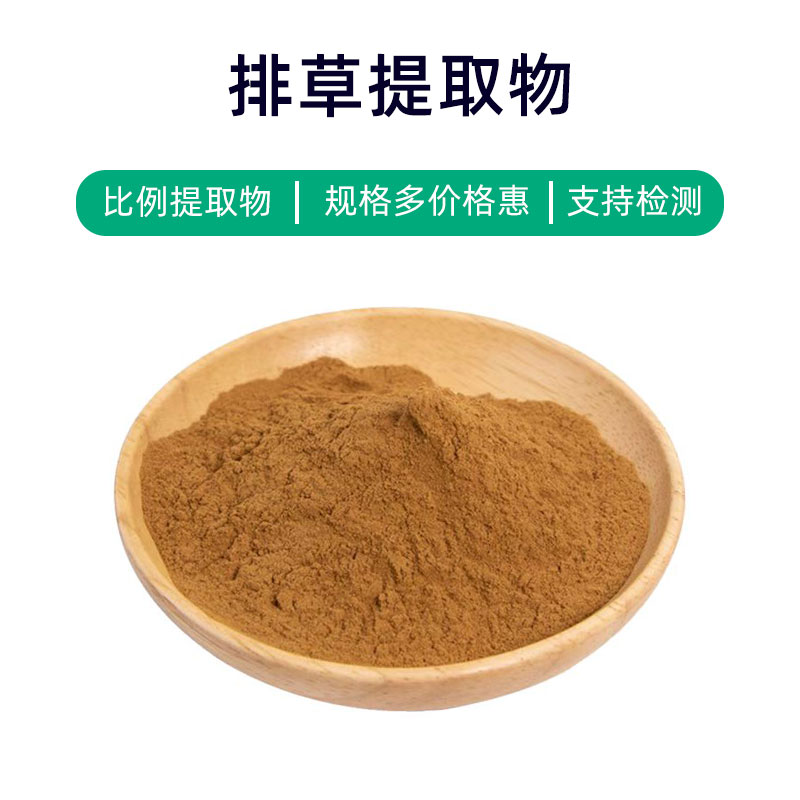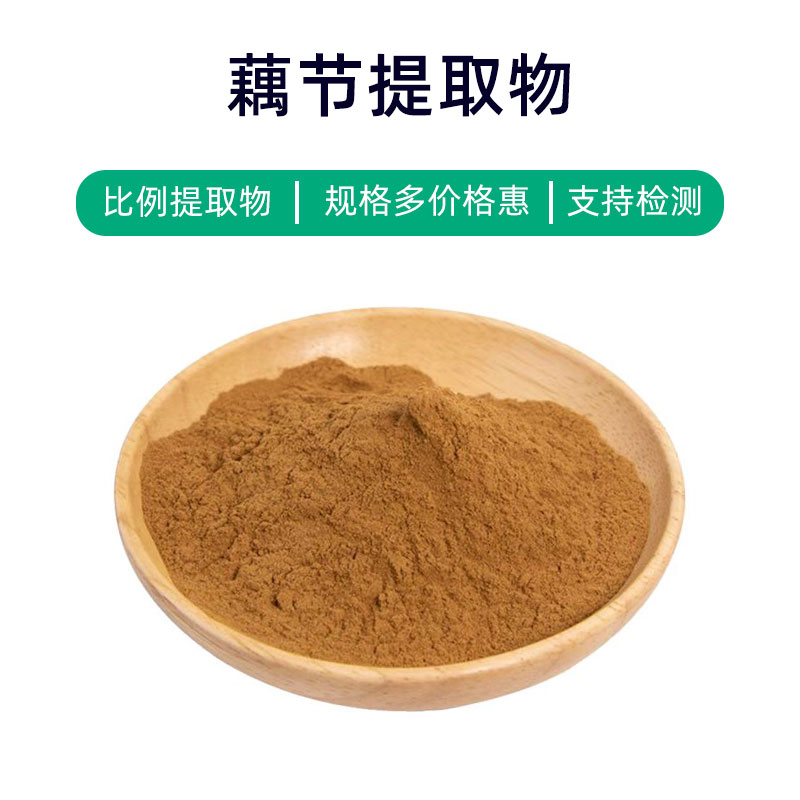Chick Blood Vine Extract Product Introduction
Chick Blood Vine Extract is a natural plant extract obtained from the roots of the Chick Blood Vine, primarily containing flavonoids, saponins, polysaccharides, and alkaloids. These components provide the extract with multiple effects and applications.
First, Chick Blood Vine Extract is widely used in medicine. It is an important ingredient in traditional Chinese medicine, believed to promote blood circulation, dispel wind and dampness, and relax the muscles and tendons. Therefore, it is commonly used to treat symptoms such as rheumatic joint pain and lumbar and leg soreness, regarded as a promising herbal material.
Additionally, Chick Blood Vine Extract is also utilized in dietary supplements. The active components, such as flavonoids and polysaccharides, are thought to have antioxidant, anti-inflammatory, and immune-boosting properties, leading to its inclusion in health products aimed at improving overall health and enhancing resistance.
In the cosmetics field, Chick Blood Vine Extract has garnered attention as well. The active components are used in skin care products for their abilities to tighten pores, regulate skin, and soothe irritations. Due to its natural and gentle characteristics, it is often added to masks, lotions, and toners for skin care and nourishment.
Overall, Chick Blood Vine Extract possesses various effects and applications across medicinal, dietary, and cosmetic fields. Its natural and effective ingredients make it a sought-after plant extract for product manufacturing in different sectors.
Chick Blood Vine Extract Production Process
The production process of Chick Blood Vine Extract typically involves several key steps:
- Raw Material Collection and Preparation: Fresh Chick Blood Vine plants are collected, cleaned, and processed to remove impurities while retaining the primary active components.
- Extraction: The processed plant material is immersed in suitable solvents, such as ethanol, water, or ethyl acetate, to extract the active components, forming an extract solution.
- Concentration of Extract: The extract solution is concentrated to remove most of the solvent’s water content, enriching the extract and active ingredients.
- Filtration and Separation: The concentrated extract is filtered to remove suspended particles and impurities, resulting in a relatively pure Chick Blood Vine Extract.
- Freeze-Drying: The extract undergoes freeze-drying to eliminate residual moisture while maintaining the integrity of the active components. Freeze-drying is a gentle drying method that effectively preserves the active elements.
- Grinding and Sieving: The freeze-dried extract is ground and then sieved to achieve the desired particle size for the extract powder.
- Packaging and Storage: Finally, the extract powder is packaged and stored in a cool, dry, well-ventilated place to prevent moisture, oxidation, and light exposure. Proper packaging and storage help maintain the extract's stability and the effectiveness of its active components.
Through these production steps, high-quality, high-purity Chick Blood Vine Extract is produced for use in pharmaceuticals, dietary supplements, and cosmetics.
Chick Blood Vine Extract Effects and Side Effects
Chick Blood Vine Extract is a commonly used herbal material with the following primary effects and benefits:
- Anti-inflammatory and Antibacterial Properties: The extract contains various active compounds that exhibit significant anti-inflammatory and antibacterial effects, useful for treating infections like skin and respiratory infections.
- Immune Regulation: The extract can modulate immune function, enhancing bodily resistance and providing some effectiveness in preventing colds and diseases.
- Antioxidant Properties: Polyphenolic compounds in the extract demonstrate strong antioxidant effects, removing free radicals from the body, slowing aging, and protecting cells from oxidative damage.
- Regulating Blood Sugar and Lipids: Research indicates that the extract can help lower blood sugar and lipid levels, supporting the prevention and treatment of diabetes and hyperlipidemia.
- Antitumor Activity: Some studies show that certain components in the extract have antitumor properties that can inhibit the growth and spread of cancer cells.
- Antiallergic Effects: The extract contains active constituents that possess antiallergic properties, beneficial for treating allergic conditions such as allergic rhinitis and dermatitis.
- Cardiovascular Health Improvement: Certain compounds in the extract may help dilate blood vessels, lower blood pressure, and prevent thrombosis, contributing to better cardiovascular health.
- Cognitive Enhancement and Anti-Aging: Some studies suggest that the extract may protect the brain, improve memory, enhance cognitive function, and delay cognitive decline.
While Chick Blood Vine Extract offers numerous benefits, individual allergic reactions or adverse effects, such as rashes or digestive issues, may occur in some populations. Care should be taken regarding individual differences and proper dosage. Additionally, special populations such as pregnant or nursing women and children should use it under medical supervision to avoid adverse reactions.
Chick Blood Vine Extract Applications and Dosage
Chick Blood Vine Extract finds extensive applications in the pharmaceutical, food, and cosmetic fields, with the following respective applications and dosage recommendations:
- Applications in Medicine:
- Anti-inflammatory and Analgesic: The extract can be formulated into anti-inflammatory and pain-relief medications, commonly used for arthritis and rheumatic diseases. Dosage: 5-10 grams orally, 2-3 times daily.
- Antibacterial and Anti-inflammatory: Due to its strong antibacterial properties, it can be developed into oral or topical antibacterial medications for treating skin and respiratory infections. Dosage: Orally or topically, specific dosage requires medical guidance.
- Immune Regulation: The extract can enhance immune function, often used to boost resistance and prevent colds. Dosage: 5-10 grams orally, 2-3 times daily.
- Antioxidation: With rich antioxidant substances, the extract is used in anti-aging and antioxidant dietary supplements. Dosage: 5-10 grams orally, 1-2 times daily.
- Applications in Food:
- Flavoring Agent: The unique aroma and herbal taste of Chick Blood Vine Extract make it suitable for enhancing flavor in food products. Dosage: Added according to production formula; quantity varies by specific product.
- Nutritional Supplements: Adding the extract to health foods can increase nutritional content, providing antioxidant and immune-enhancing effects. Dosage: Follow product guidelines, usually 1-2 times daily.
- Applications in Cosmetics:
- Skincare Products: Rich in active components, the extract is beneficial in skincare formulations for protection against environmental damage and delaying skin aging. Dosage: Used according to product instructions, generally 1-2 times daily.
- Cosmetic Additives: Serves as an additive in cosmetics, improving skin condition and moisture, commonly found in masks and lotions. Dosage: Used as directed, in appropriate amounts.
Overall, Chick Blood Vine Extract is primarily used in the pharmaceutical field for disease treatment, with dosage determined by a healthcare provider; in the food industry for flavor enhancement and nutritional content, dosages according to product needs; and in cosmetics for skin care and conditioning with reasonable amounts. Caution regarding dosage and frequency is essential, following professional guidance to avoid adverse reactions.
Chick Blood Vine Plant Source Introduction, Distribution, and Growing Environment
Chick Blood Vine (scientific name: Paederia scandens) is a common climbing plant in the Rubiaceae family. Below is an introduction to the source plant of Chick Blood Vine Extract, its distribution, and growing environment:
- Plant Introduction:
- Chick Blood Vine is a well-known climbing plant characterized by slender stems and opposite leaves. The leaves are oval-shaped with serrated edges, smooth on the surface, and dark green in color. Its small flowers bloom in panicles, typically white to light purple, usually in the summer.
- Distribution:
- Chick Blood Vine is widely distributed, primarily found in southern China, Southeast Asia, and India. In China, it is commonly found in provinces like Guangdong, Guangxi, Fujian, Yunnan, Hunan, and Hubei.
- Growing Environment:
- The plant thrives in humid environments and is often found on hillsides, riverbanks, and in shaded spots in forests. It is not strictly limited by soil types, showing strong adaptability, growing well in acidic to neutral soils, and demonstrating good shade tolerance.
- Growth Habits:
- Being a climbing plant, Chick Blood Vine features resilient vines that can climb nearby trees or supports. As it grows, the stems extend outwards and wrap around nearby plants to gain more sunlight and space. It grows rapidly, often reaching several meters in height in favorable conditions.
- Main Characteristics:
- The leaves and stems of Chick Blood Vine hold medicinal value and are used in traditional Chinese medicine and folk herbal practices. Additionally, its flowers are valued for their ornamental purposes, often cultivated in gardens or parks.
In summary, Chick Blood Vine is a common climbing plant with strong adaptability to growing environments, predominantly distributing in southern China and Southeast Asia. It flourishes in humid conditions and offers notable medicinal and ornamental value, with a long history of use in traditional medicine and herbal applications.
Chick Blood Vine Extract Processing and Storage
The processing of Chick Blood Vine Extract typically includes several steps:
Firstly, fresh Chick Blood Vine plants are harvested, cleaned, and treated to remove impurities. Then, the cleaned plant material is ground or chopped to increase extraction efficiency. Following this, suitable extraction methods like water extraction, alcohol extraction, or supercritical fluid extraction are employed to isolate the target components. Finally, through processes like filtration, concentration, and drying, the final Chick Blood Vine Extract is obtained.
When storing and preserving Chick Blood Vine Extract, it is important to keep the following points in mind: Firstly, the extract should be stored in a cool, dry place, away from direct sunlight and high temperatures to prevent oxidation and degradation. Secondly, choose well-sealed containers to protect the extract from moisture and air exposure. Additionally, regular checks on the extract’s quality and condition are advised to ensure no abnormal phenomena appear. Lastly, as needed, small amounts of preservatives or antioxidants can be added to extend the extract's shelf life.
Monica Sun is a seasoned expert in the plant extraction industry with over a decade of experience in research and production. She specializes in the extraction and purification of plant active ingredients, focusing on driving innovation in natural product applications. Monica has participated in the development of multiple functional plant extracts, delivering high-value natural raw material solutions for the health food, pharmaceutical, and dietary supplement sectors.









